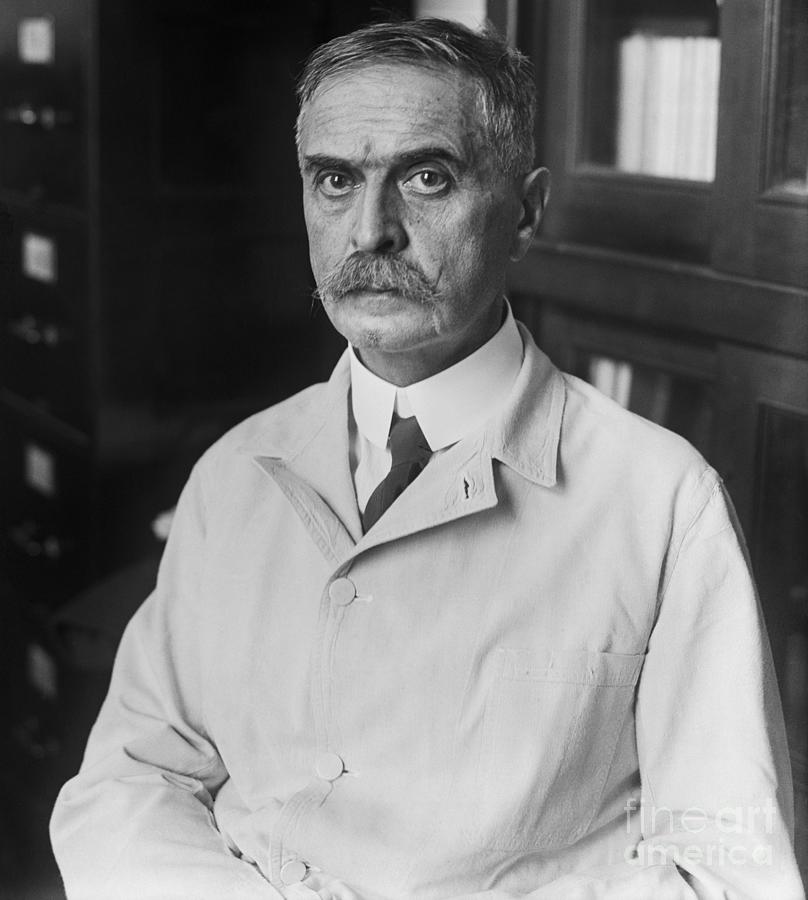Historical Perspective
In 1492, as Pope Innocent VIII lapsed into a coma, the blood of three boys was infused—into his mouth!
Considerable progress has been made since then, particularly following Karl Landsteiner’s discovery of the ABO blood group antigens in 1901.
. Subsequent technical advances during the early 1900s, including anticoagulation, blood typing and crossing, and blood preservation and storage, made blood transfusion a standard of care and saved the lives of many patients and wounded soldiers. However, other problems cropped up during the latter part of the 20th century, particularly infectious complications, which came to the fore during the human immunodeficiency virus (HIV) epidemic in the 1980s and 1990s. Fortunately, HIV transmission is now rare, but certain transfusion-related complications persist, and the words of Robert Beal, a past leader in transfusion medicine, still hold: “Blood transfusion is like marriage: it should not be entered upon lightly, unadvisedly or wantonly or more often than is absolutely necessary.” Thus, the history of transfusion medicine is a dramatic and colorful affair that ultimately bends toward success but with many missteps along the way.1
1Learoyd P. The history of blood transfusion prior to the 20th century. Transfusion Medicine 22:308-314, 2012.
